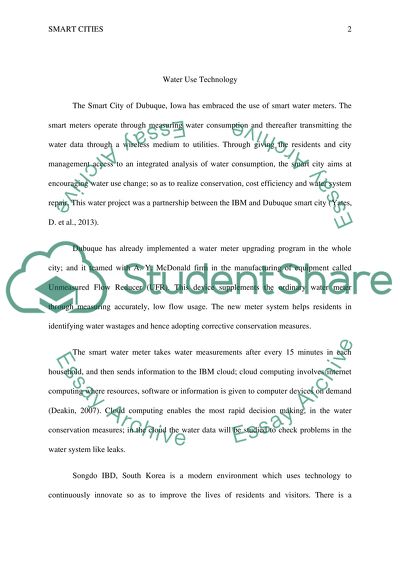Cite this document
(“A comparative analysis of the technological conception of making smart Essay”, n.d.)
A comparative analysis of the technological conception of making smart Essay. Retrieved from https://studentshare.org/information-technology/1643385-a-comparative-analysis-of-the-technological-conception-of-making-smart-cities-using-information-and-communications-technologies-in-two-cities-dubuque-iowa-and-songdo-ibd-south-korea
A comparative analysis of the technological conception of making smart Essay. Retrieved from https://studentshare.org/information-technology/1643385-a-comparative-analysis-of-the-technological-conception-of-making-smart-cities-using-information-and-communications-technologies-in-two-cities-dubuque-iowa-and-songdo-ibd-south-korea
(A Comparative Analysis of the Technological Conception of Making Smart Essay)
A Comparative Analysis of the Technological Conception of Making Smart Essay. https://studentshare.org/information-technology/1643385-a-comparative-analysis-of-the-technological-conception-of-making-smart-cities-using-information-and-communications-technologies-in-two-cities-dubuque-iowa-and-songdo-ibd-south-korea.
A Comparative Analysis of the Technological Conception of Making Smart Essay. https://studentshare.org/information-technology/1643385-a-comparative-analysis-of-the-technological-conception-of-making-smart-cities-using-information-and-communications-technologies-in-two-cities-dubuque-iowa-and-songdo-ibd-south-korea.
“A Comparative Analysis of the Technological Conception of Making Smart Essay”, n.d. https://studentshare.org/information-technology/1643385-a-comparative-analysis-of-the-technological-conception-of-making-smart-cities-using-information-and-communications-technologies-in-two-cities-dubuque-iowa-and-songdo-ibd-south-korea.


